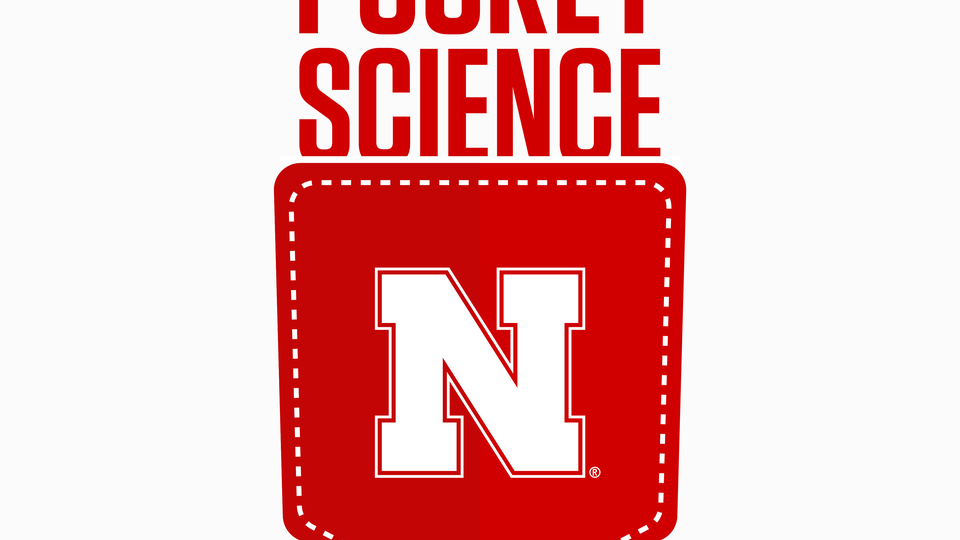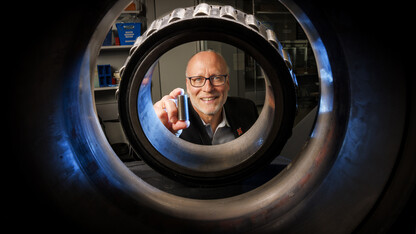· 2 min read
Could the material answer to Gas-X improve nuclear reactors?

Welcome to Pocket Science: a glimpse at recent research from Husker scientists and engineers. For those who want to quickly learn the “What,” “So what” and “Now what” of Husker research.
What?
Any material used to construct next-generation nuclear reactors must withstand the potential damage of radiation. But the intrusion of impurities such as helium represents another long-term threat to the integrity of a reactor, especially when those impurities consolidate into gas bubbles and become trapped in a material.
Nebraska engineer Michael Nastasi and colleagues recently showed that the relatively open atomic framework of a material called amorphous silicon oxycarbide encourages any invasive helium to escape without degrading the material.So what?
Many materials that boast other qualities necessary to serve in a nuclear reactor — especially a resistance to the extreme heat and high-energy particles that would regularly bombard them — are either susceptible to impurities or too costly for construction.
The discovery that amorphous silicon oxycarbide is immune to helium damage elevates it above many of those other candidates, the researchers said, and makes it worthy of further testing.
Now what?
Because the material’s immunity to helium damage does not depend on the concentrations of carbon and hydrogen within it, engineers could modify its composition to maximize protection against other sources of damage. By identifying which factors lend silicon oxycarbide its immunity, the team’s study could also guide the design or discovery of other material candidates.








